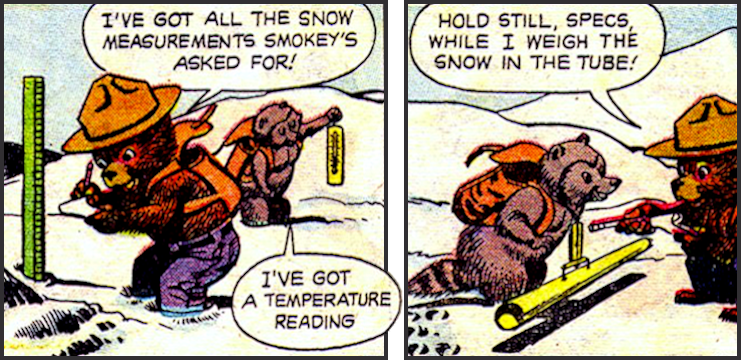In content marketing, it can be tempting to expect customers to follow our preferred and most convenient path of content breadcrumbs to the sale. But while each individual will experience a linear path from their perspective, the question of “which” follows “what” will differ for just about everyone. Anyone else remember those Choose Your Own Adventure […]
Read more ...



